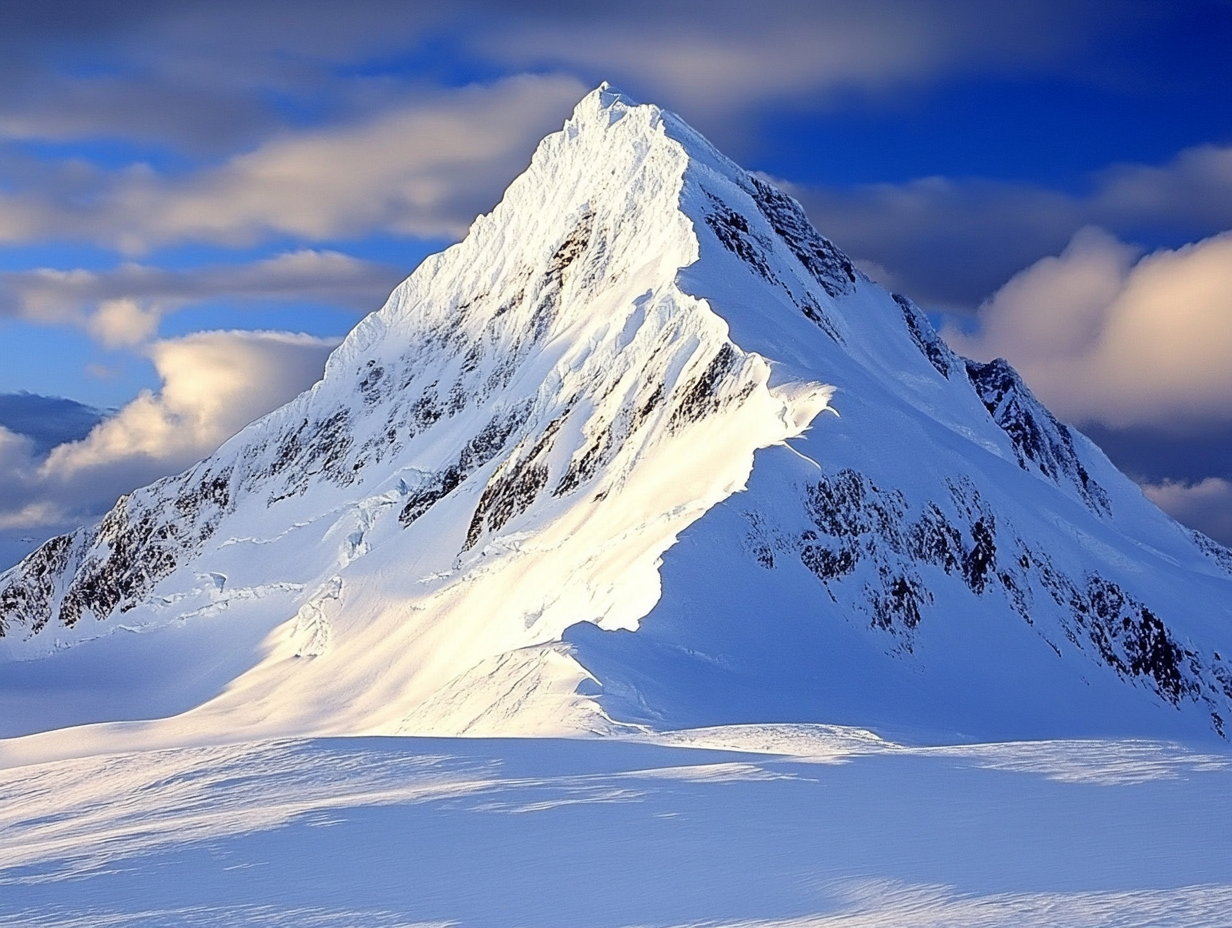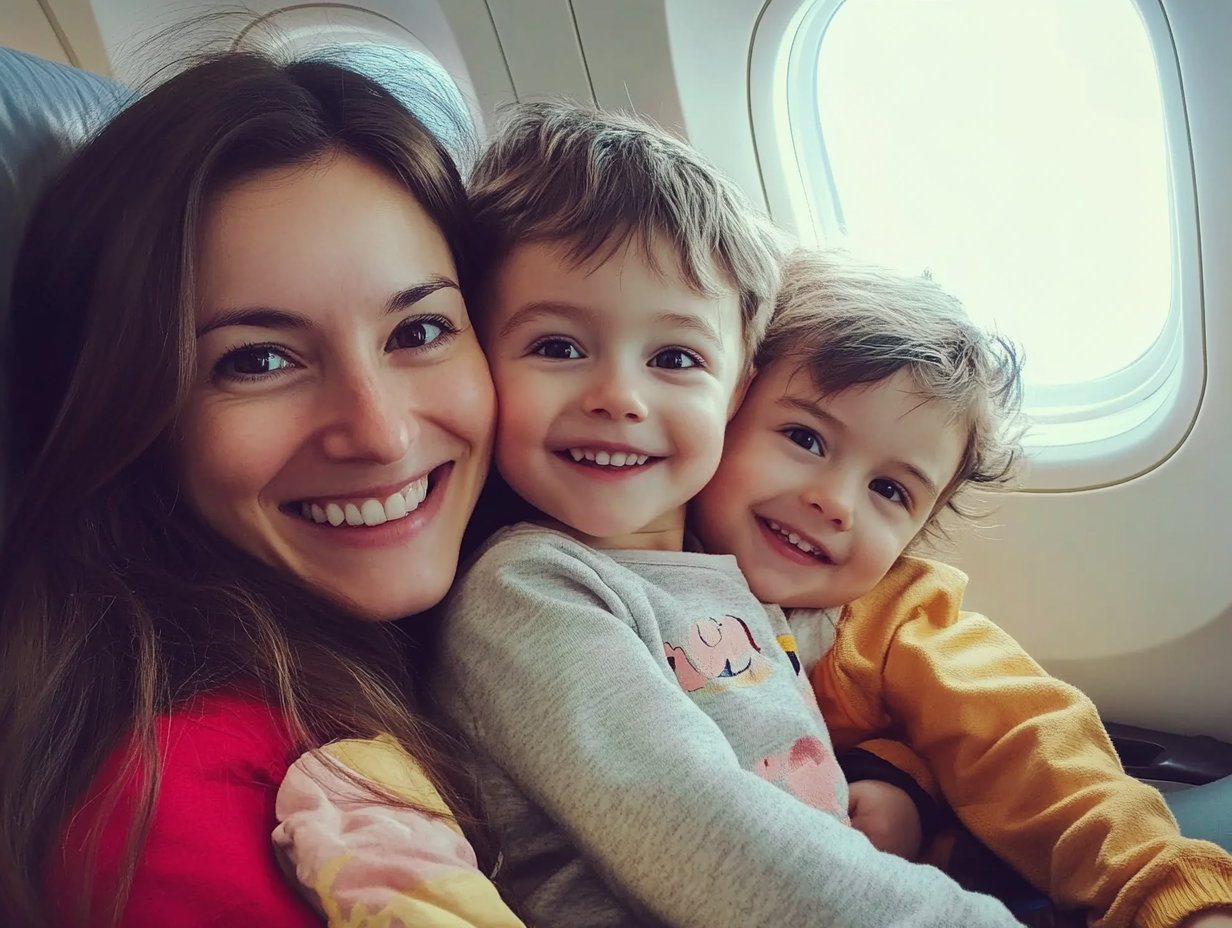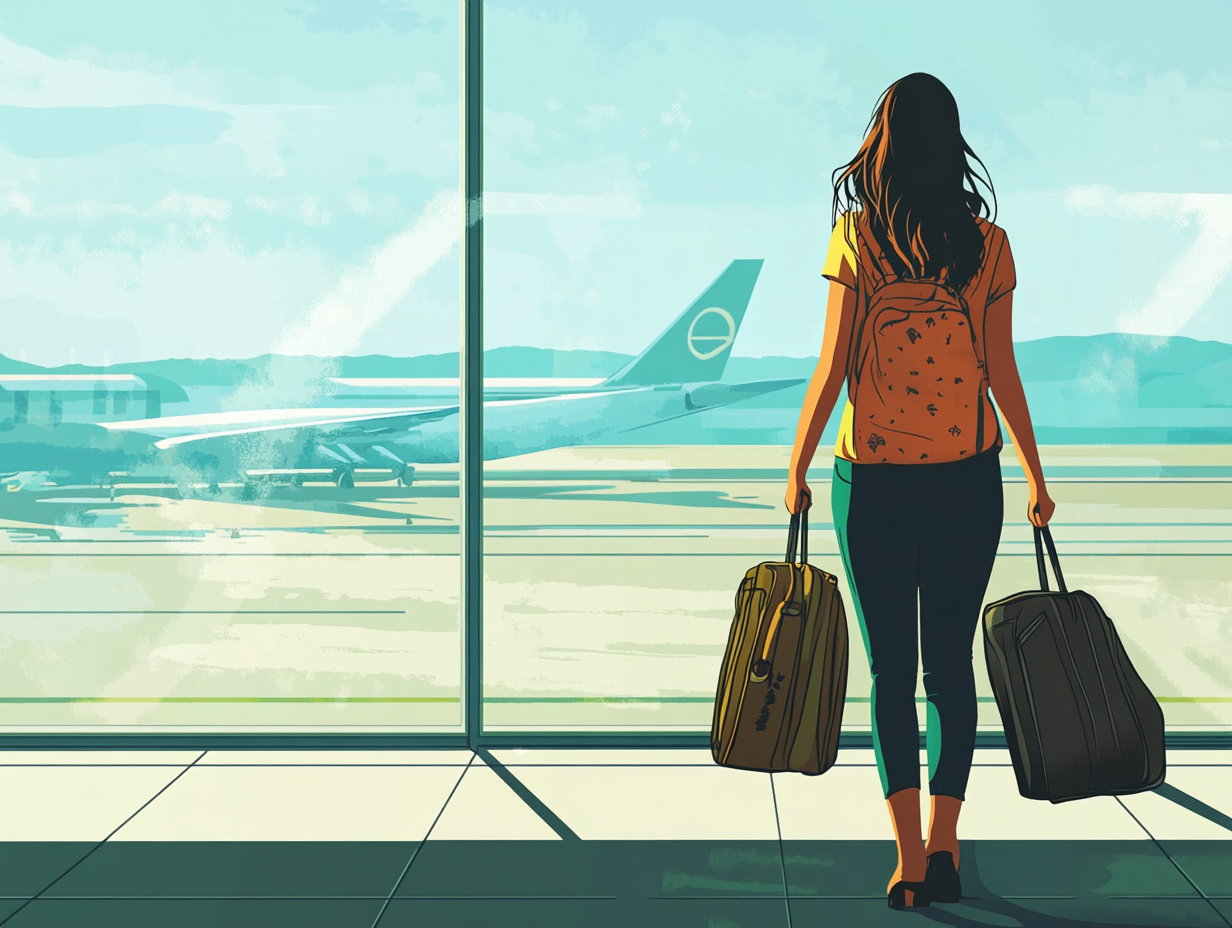Visiting snowy destinations in winter can be an unforgettable experience if you’re well-prepared. Follow these travel tips to make sure you have a comfortable trip be it solo or with family.
Are you planning a trip to a snow-covered destination this winter in India or internationally? Whether you’re heading to the mountains for skiing, exploring charming winter villages, or simply enjoying the serene beauty of snowy landscapes, winter travel comes with its own challenges. To ensure a smooth and enjoyable trip, here are some necessary travel tips every traveller should know before heading to snow destinations:
6 Travel Tips For Winter Snow Destinations
1. Layer Up For Warmth
One of the most important things to consider when travelling to snowy destinations like Kashmir, Manali, Switzerland, or Norway is staying warm. The key to comfort in freezing temperatures is layering. Start with a moisture-wicking base layer that keeps sweat away from your skin. Add an insulating layer, and top it off with a windproof outer layer to shield you from the elements like puffer jackets. Don’t forget essentials like thermal socks, insulated gloves, and a good winter hat to retain body heat.
2. Protect Your Skin
Cold, dry air can damage your skin, leading to dryness and irritation. When visiting snow destinations, it’s crucial to protect your skin from harsh weather. Use a rich moisturiser regularly to prevent dry skin, and don’t forget a good lip balm to keep your lips from cracking.
3. Wear Proper Footwear
Snowy terrain can be slippery and uncomfortable without the right footwear. Waterproof, insulated boots are essential for keeping your feet warm and dry. Look for boots with good traction to avoid slipping on icy surfaces. Also, ensure your shoes/ boots fit properly and provide enough space for thick socks. Remember, cold feet can quickly ruin your trip, so invest in quality footwear for comfort and safety.
4. Be Prepared For Weather Conditions
Winter weather can change rapidly, especially in mountainous or remote areas. Before you travel, check weather forecasts and be prepared for snowstorms or sudden temperature drops. Always carry a weather-appropriate jacket, extra layers, and waterproof gear. It’s also wise to pack an emergency kit with essentials like extra food, water, and a first-aid kit in case of delays or getting stuck in challenging conditions.
5. Plan Your Activities And Safety Precautions
If you are planning to go skiing, snowboarding, or just take a winter hike, it’s important to plan your activities around the weather and your experience level. If you’re skiing or snowboarding, make sure to take a lesson if you’re a beginner and always wear proper safety gear. If you’re hiking, ensure you have a clear route, plenty of daylight hours, and a map or GPS device.
6. Stay Hydrated
It’s easy to forget to drink water when it’s cold outside, but staying hydrated is just as important in the winter season as it is in the summer season. Cold, dry air can dehydrate your body quickly, especially at higher altitudes. Carry a water bottle and drink regularly throughout the day. Take care of your energy levels by eating balanced meals to fuel your activities. Pack high-energy snacks to keep your energy up while exploring snowy landscapes.



